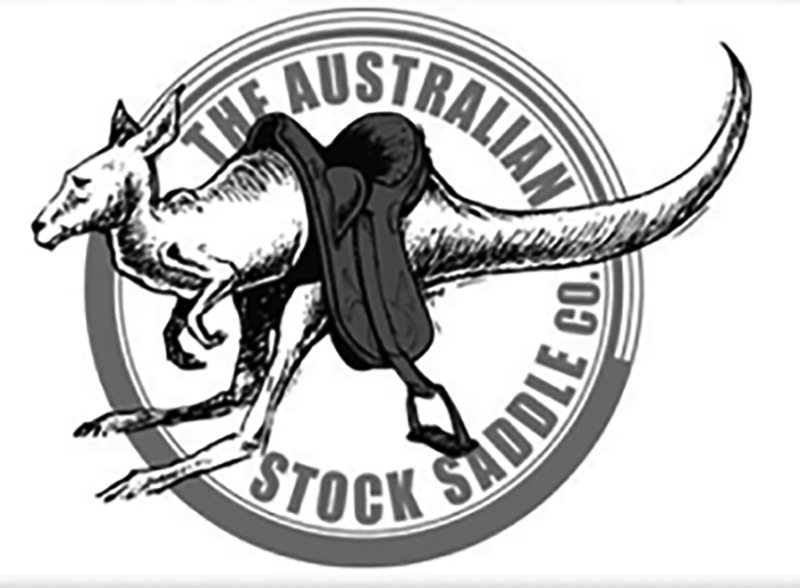The evolution of People and their Horses
by Colin Dangaard
Riders are heavier, horses stronger. But never before have horses been so well cared for and loved. After having spent thousands of years being instruments of war, slashed, speared, shot and ridden to death. Today by comparison they are being smothered with hugs and kisses. Ultimately, and finally, it is the planet of the horse.
After half a century of selling saddles, dealing with people and their horses, I have observed that the money it takes today to keep a horse assures its place in society as a symbol of wealth and status, much as it has been for thousands of years.
Once only men of title rode horses. Today all it takes is money.
The biggest change has been with people. Fifty years ago, when I brought the first Australian stock saddle to American (my own) the most common seat size I later sold in my business was 16”. Today the average Australian seat size I sell is 17”. Which is like a 16” Western or an 18” English. Australians measure their saddles from the leading edge of the pommel, back to the inside of the cantle. Western saddles are measured from the base of the horn, back to the cantle. English saddles are measured from the button on the near side front pommel, diagonally back to the center and top of the cantle.
A recent study in Britain reveals people have grown 4” taller in the last Century, along with adding some 20 lbs. But in my observation “ backyard” horses have also increased in weight and height.
Fifty years ago I sold only stuffed panel saddles, then the only saddles made in Australia, where stock horses were all bred-down thoroughbreds with high withers, on which the stuffed panels work beautifully. After seeing lots of returns, it did not take me long to adapt and copy the flat Western panels and put those under the Aussie saddles I was producing in Australia.
This change of design was happening as American Quarter horses were getting bigger, while in Australia the stock horse was being crossed with Quarter horses to produce bigger flatter backs.
I was on the right path in both countries, and my upward tick in saddle sales proved it.
Today in Australia there are few saddle makers left who could build the old-style stuffed panel saddle. Most saddlers produce versions of the flat panel I originally copied from traditional Western saddles. These are assembled with pre-cut parts screwed and glued to fiberglass trees pumped out of a mold. This assembly work has eliminated the need for skilled saddle makers, which is why so few now exist. People with no knowledge of saddle making can now assemble saddles.
Besides getting heavier and taller, riders have grown older. Fifty years ago the average age of my recreational rider customer was 35 . Today it is 65. Which means they can’t lift what they once could. They want a saddle to be both light AND they place a priority on security.
For saddle purveyors this presents major problems, because comfort for horse and rider is directly related to the even distribution of weight. I have seen a 110-lb girl using a 12-lb saddle sore up a horse in one hour. For horse comfort FIT is everything, and the saddle must have the substance necessary to support the weight of the rider.
So this push for lighter saddles has been to the detriment of the horses under it. People who gained weight during lockdown time not riding are now looking to subtract those pounds from the saddle they ride in. A heavier rider needs a saddle designed to support them, but too often they are choosing the lightest saddle to compensate for human weight gain or to offset waning upper body strength when they find it difficult to lift their saddle onto their horse.
But we all acknowledge that the needs of older riders must be addressed because, after them, there will be very few riders. Young people are into technology, not animals. Living in a virtual world, they are not attracted to the experience of caring for and developing a relationship with a living creature who has for centuries expanded the human experience.
I can foresee a time 500 years from now when people will look back on this culture and be amazed that we actually RODE animals. For the horses that remain, the good news: less work and more love.









